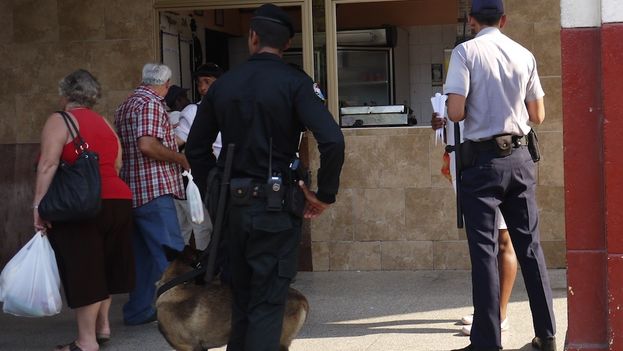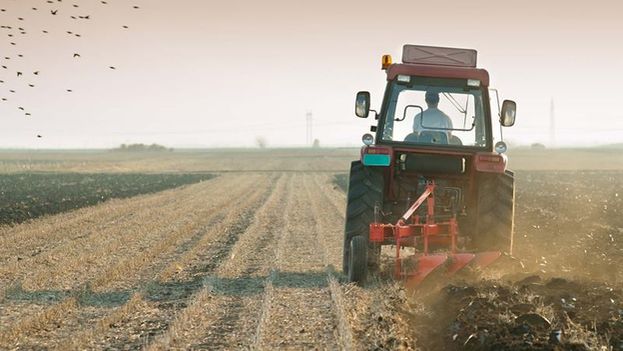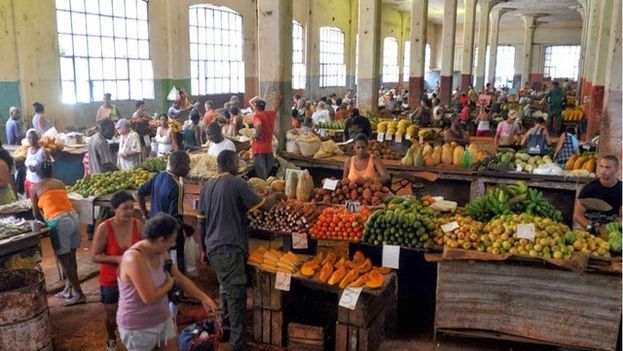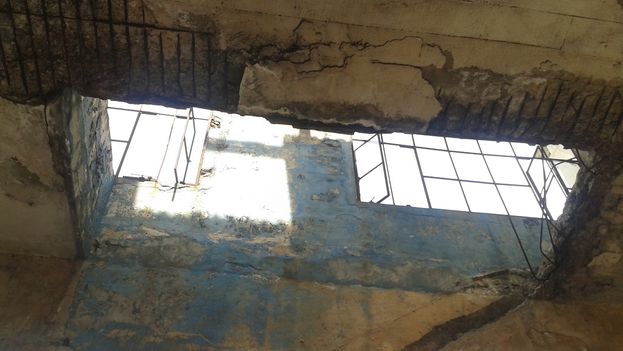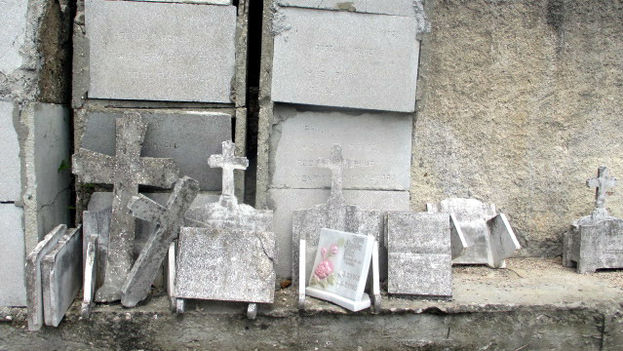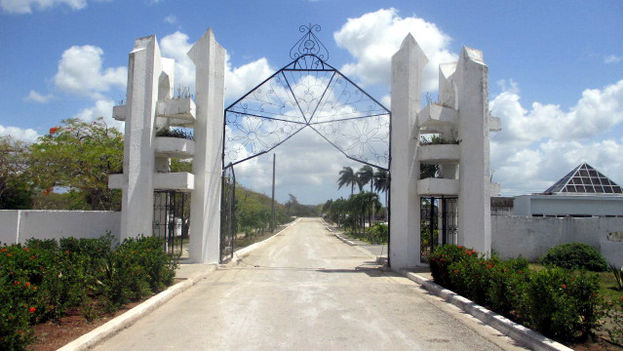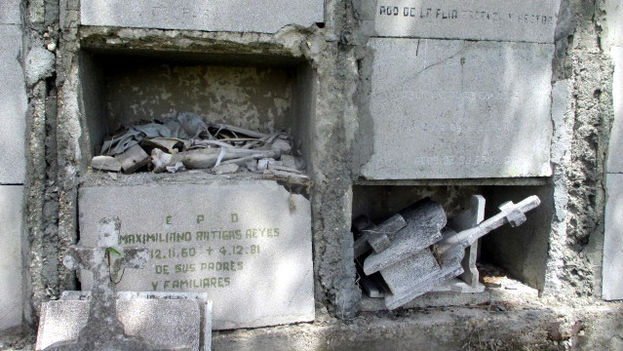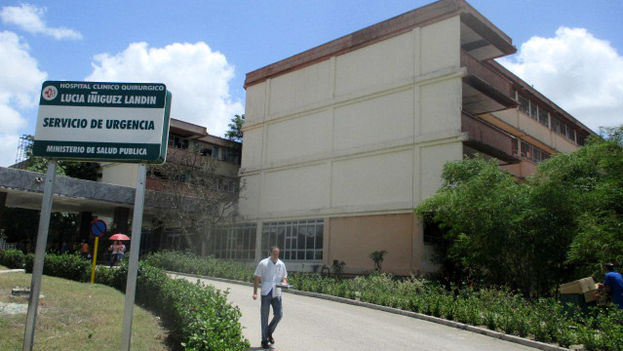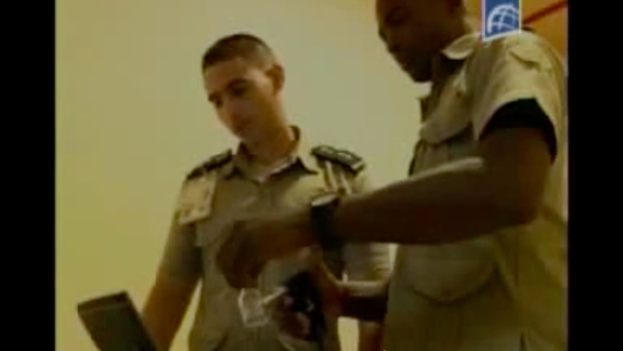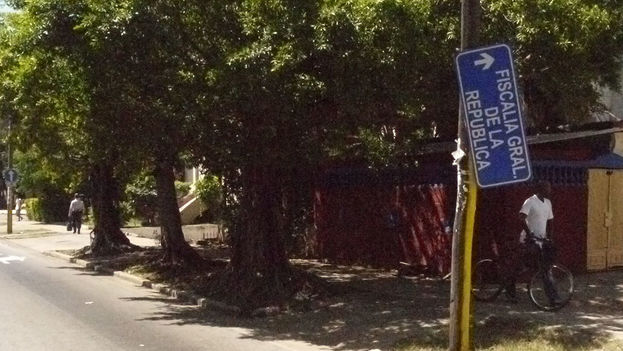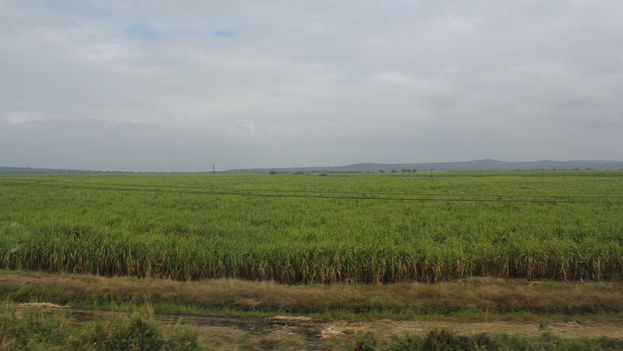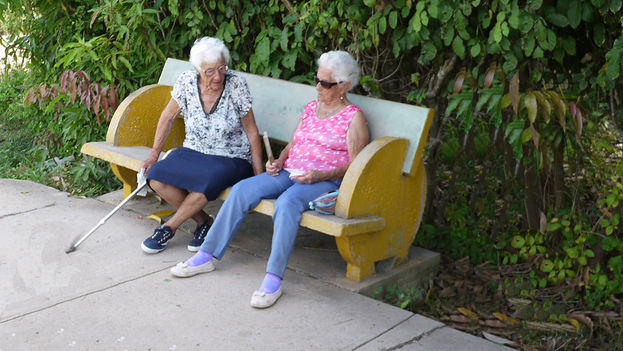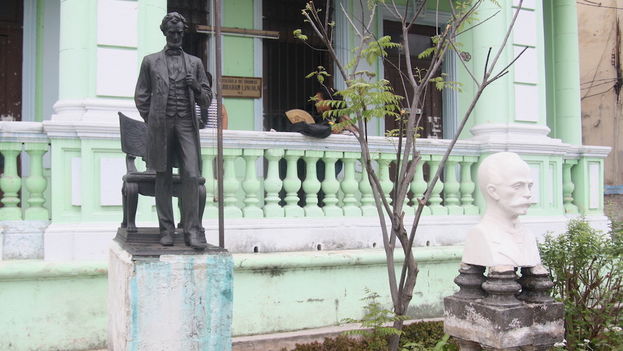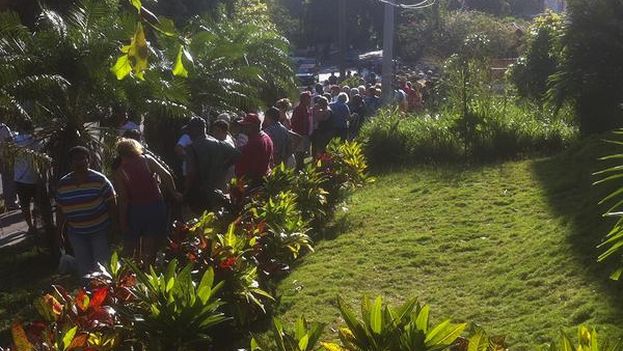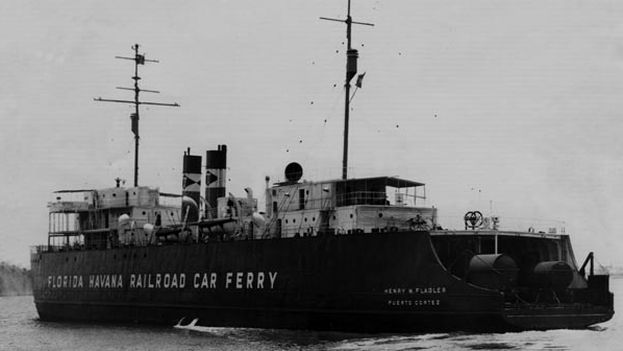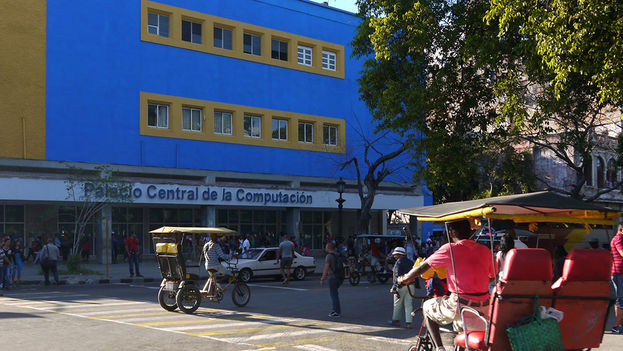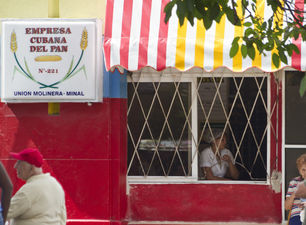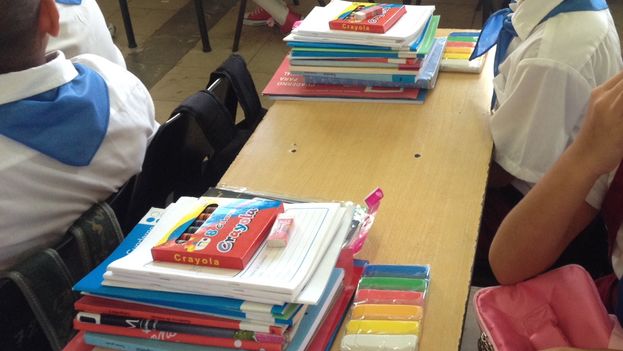
![]() 14ymedio, Orlando Palma, Havana, 1 September 2015 – Early Tuesday morning the bell rang for the first morning of the school year in more than 10,300 schools throughout the country. All eyes are now focused on the availability of teachers at the front of the classroom, the material conditions of the schools, and the epidemiological questions in those provinces affected by dengue fever and cholera. However, the most titanic task that faces the Ministry of Education is to meet the commitment to develop values in children and young people.
14ymedio, Orlando Palma, Havana, 1 September 2015 – Early Tuesday morning the bell rang for the first morning of the school year in more than 10,300 schools throughout the country. All eyes are now focused on the availability of teachers at the front of the classroom, the material conditions of the schools, and the epidemiological questions in those provinces affected by dengue fever and cholera. However, the most titanic task that faces the Ministry of Education is to meet the commitment to develop values in children and young people.
Ena Elsa Velázquez Cobiella, head of the branch, has made frequent calls in recent weeks for vocational training of students, working with families, and the transmission of ethical and moral values within the school. The greatest difficulty on the path to this achievement is the limited training of many teachers and the lack of incentive provided by teachers’ salaries, say parents and teachers. continue reading
“My daughter has a Spanish and literature teacher who has never read Don Quixote,” says an astonished mother of a teenage daughter in the 9th grade at a basic secondary school in Old Havana. The family has tried to alleviate the poor training of the teacher by paying for hours of study with a tutor. “He worked in a high school and gave excellent classes, but can’t stand being in education any more,” the lady says about this particular teacher.
“In these times with the internet and technology we should have more support from these novelties in our classes,” says Mario
To cover the shortage of teachers in the capital, they have mobilized more than 3,000 teachers from other provinces. The measure doesn’t please many, nor does it resolve the situation. “It seems incredible that they have to bring people from other places, with what that costs, instead of raising the salaries of those here,” complains Roberto, a retired teacher who spent a good part of his working life in an elementary school in Central Havana.
The salary of a secondary school teacher does not exceed 600 Cuban pesos a month, less than 30 dollars. The union demands a salary increase, especially after the increase in salaries in the in Ministry of Public Health, but their demands are whispered and not published in the official press.
“The doctors care for the bodies of people, we feed their souls, so they should also increase our salaries,” explains Mario, a history teacher at Santa Clara High School, who has more than once cherished the idea of leaving the classroom. “I would leave my house to sell lollipops, which would certainly earn me more and I would have more peace of mind.”
The material situation of the schools of education also discourages professionals in the sector. “In these times with the internet and technology we should have more support from these novelties in our classes,” says Mario. “Can you imagine how I could teach my students about the scenes of historic battles through Google Earth,” he adds.
In schools across the whole the country, there is a total of 61,908 computers. There is no need to do complicated calculations to know that this means six computers for each campus throughout the Island. However, 64% of these are more than 12 years old, and so barely function with the most modern programs. And in most cases they only have access to a local intranet.
Many teaching assistants or recent graduates fill in for the absence of professionals with more teaching experience
Teachers also complain about the accumulation of extra-curricular tasks that have been added to their teaching activities. “Many meetings, too many lists and tables to prepare and reports to write. We have almost no time to prepare for classes,” says a teacher at José Miguel Pérez High School in the Plaza municipality.
The picture is not very different in higher education. This September 1st the university classrooms hosted more than 170,000 students throughout the country, 33,000 of them new entrants. Many teaching assistants or recent graduates fill in for the absence of professionals with more teaching experience.
Despite an investment of around 20 million pesos for university campus repairs, the situation of the furniture and the infrastructure still presents many shortcomings. In the worst situations there are student dorms with serious problems with the plumbing, windows and woodwork.
“Developing values is very difficult, because we have other emergencies,” concludes a teaching assistant at José Luis Arruñada elementary school. Behind her, a line of children in recently-ironed uniforms looks forward to entering the classroom. September has returned.

